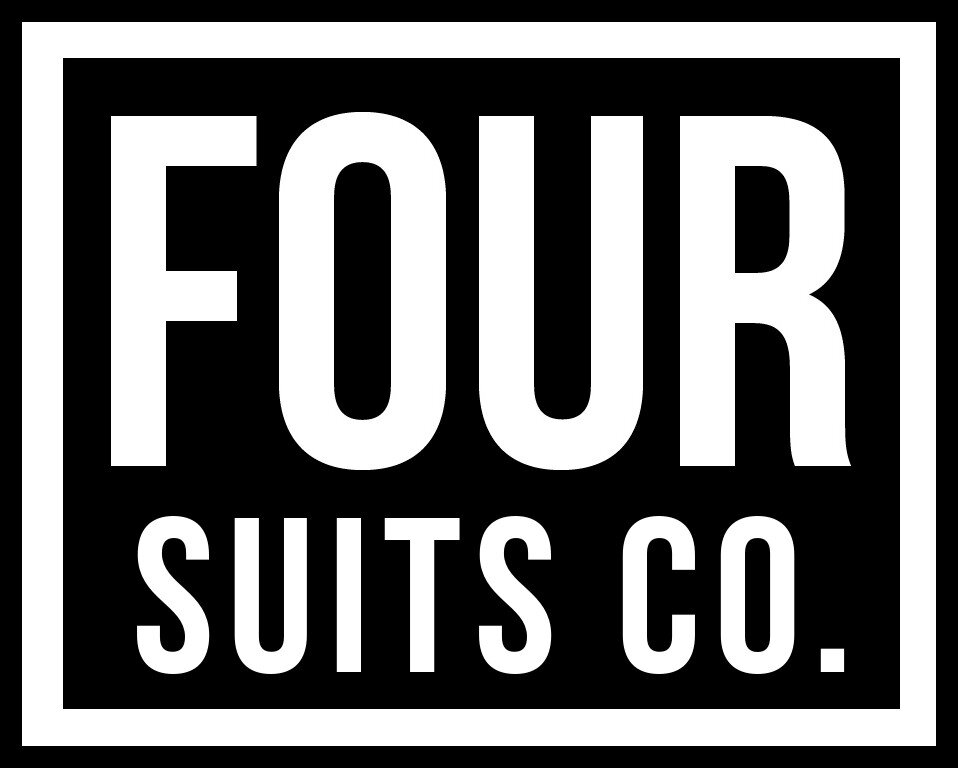Art, Performance, and Value
So I was watching a Tested video where Adam Savage shows how to weather prop money to make it look more real (don’t… don’t ask why…) when he mentioned an interesting story about an artist who drew money and then traded it for goods, but somehow not as a counterfeiter. I’ll let Adam explain (go to 4:28; the story is only about two minutes):
This idea intrigued me immensely. It plays with the idea of where the ‘art’ was. The art wasn’t the bill, nor was it even the performative act of exchanging the bill for goods, but that it was the receipt, the record of the exchange, that he would actually sell, leaving it to the buyer to track down the drawn bill and purchase it from the merchant, if they desired. You could even say them tracking it down was part of the art, making it experiential for them in a powerful way.
“He was just short of being a con man, but no more than anyone in the art world, or for that matter in the world of finance — which, of course, was his whole point.”
It also raises questions about why and how we value both art and money itself. Was he conning the shopkeepers out of their goods? Or was it not a con because he knew his buyers would come and pay the shopkeeper far more for the bill than the value of the merchandise they had given him? It raises questions about how the state maintains its legitimacy and the legitimacy of its currency (because of him the UK put a copywrite notice on its bills, though only after losing a counterfeiting case). And it asks us to think more critically about the art and performances that already fill our everyday lives, if we are willing to look at them as such.
—Z.Y.

